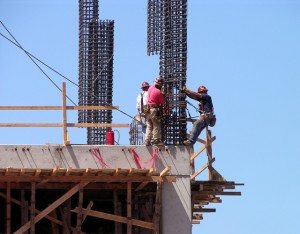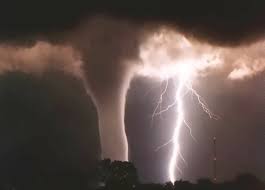Work Related Injuries in Canada
In 2014 there were just under 170 workplace fatality claims in Alberta, and over 27,500 lost time claims due to workplace injury. These numbers may seem high, however as only half of all injured workers file claims for lost time, they are likely much higher.
Just under 1 in 10 trades workers will be injured on the job in Canada.
7% of all kitchen staff will be injured.
13% of all machines, erectors and metal formers will be injured on the job.
6% of manufacturing assemblers will be injured on the job.
10% of all mechanics will be injured on the job.
Where on the Body are Canadians Injured*
- 28% of all workplace injuries in Canada are to the hand
- 29% of all injuries in the Trades are to the hand
- 16% of all workplace injuries are to the lower back
Costs of Workplace Injury for the Worker
- Lost or reduced income
- Medical expenses
- Long term health problems
- Burdens on the family
- Difficultly finding new employment
Costs of Workplace Injury for the Employer
- Medical costs
- Lost Productivity
- Damage to machinery
- Replacement work training expenses
- Tensions in labour relations
The costs of workplace injury range from financial burdens from reduced income, to strain on relationships as family members attempt to make up for lost income or take on a caregiver role for the injured worker. Injured workers may experience difficulty returning to the workplace as health problems from accidents can linger for years. Employers will experience difficulty finding replacement for injured workers while they are out recovering. Workplace injuries affect more than just the injured worker.
Highmark Safety have a range of experienced staff that can help keep your workplace safe and accident free.
Call us today to find out about a safety program that works for you.
*http://www.statcan.gc.ca/pub/82-003-x/2006007/article/injuries-blessures/t/4149013-eng.htm
*http://www.statcan.gc.ca/pub/82-003-x/2006007/article/injuries-blessures/t/4149014-eng.htm
http://work.alberta.ca/occupational-health-safety/781.html
http://work.alberta.ca/documents/2015-workplace-incident-fatalities.pdf


